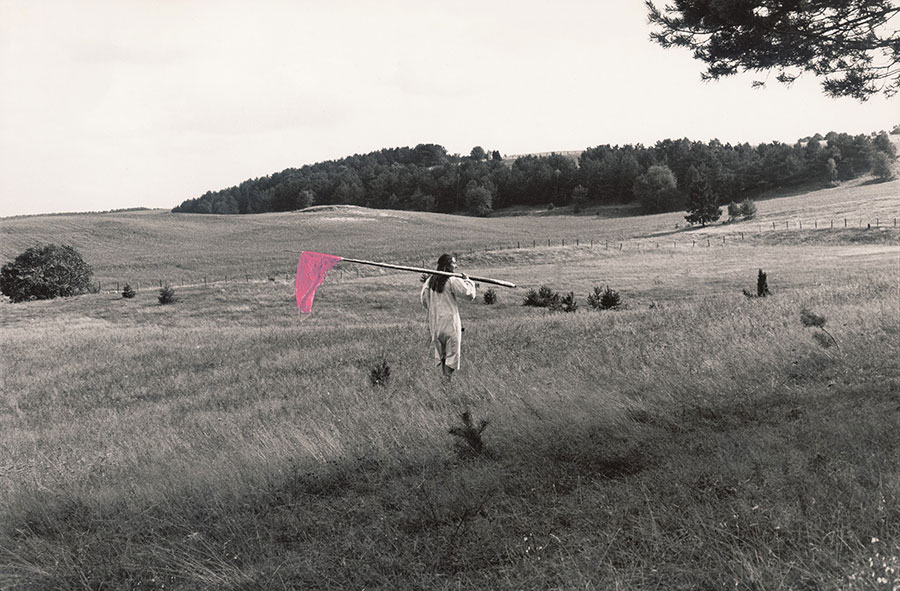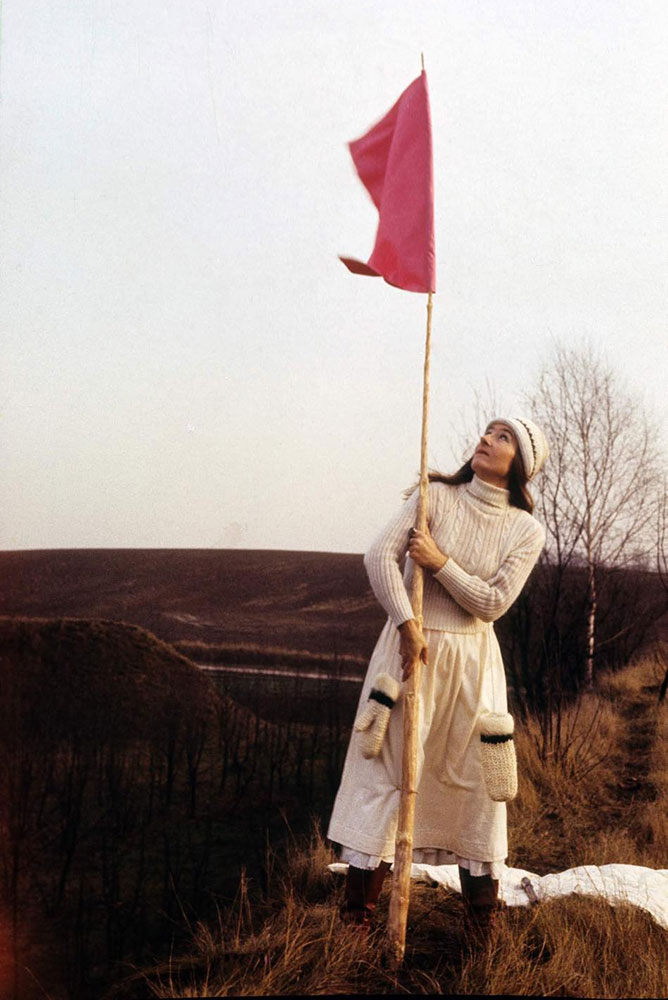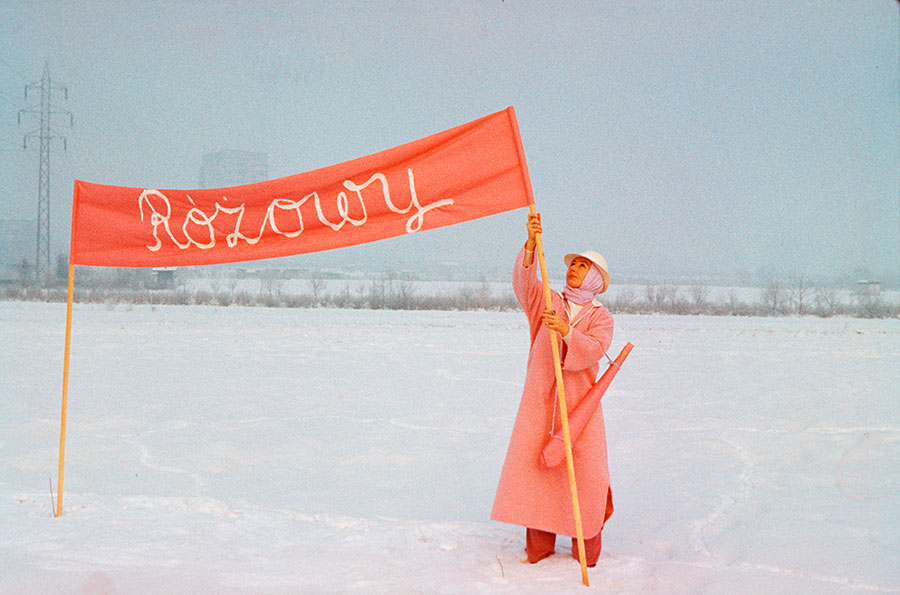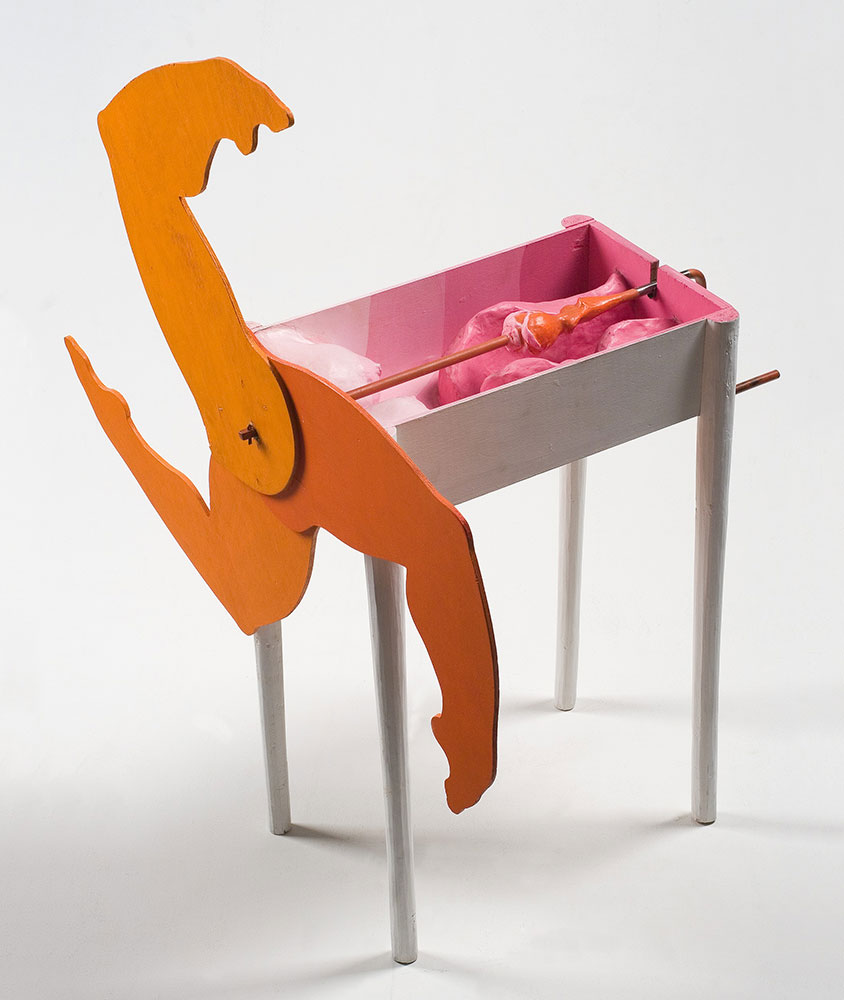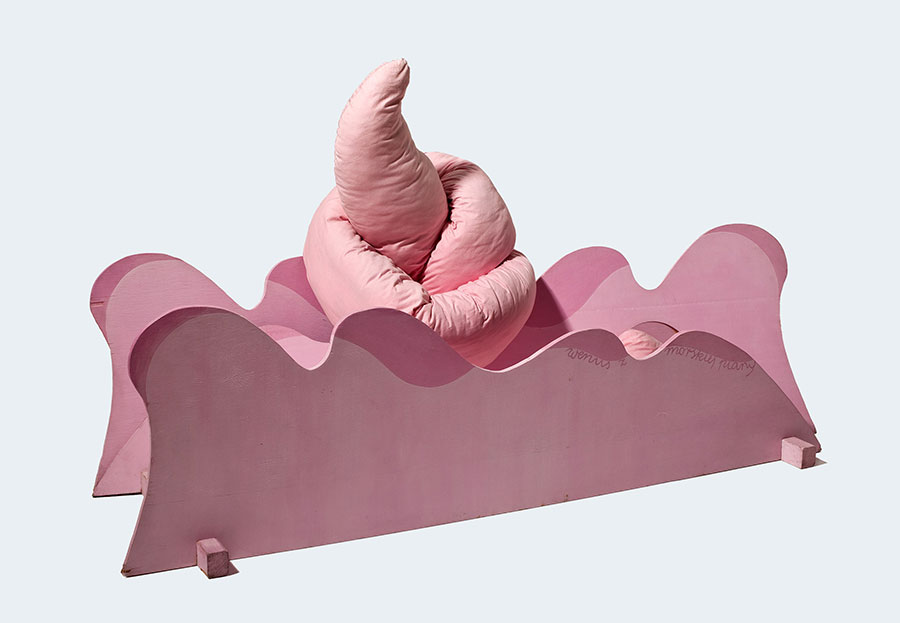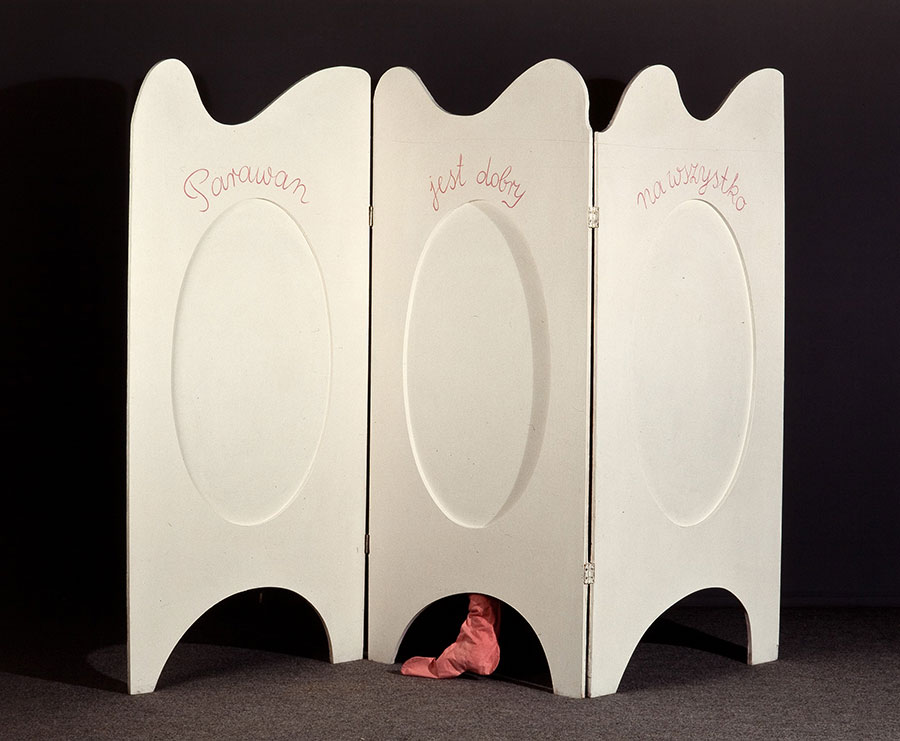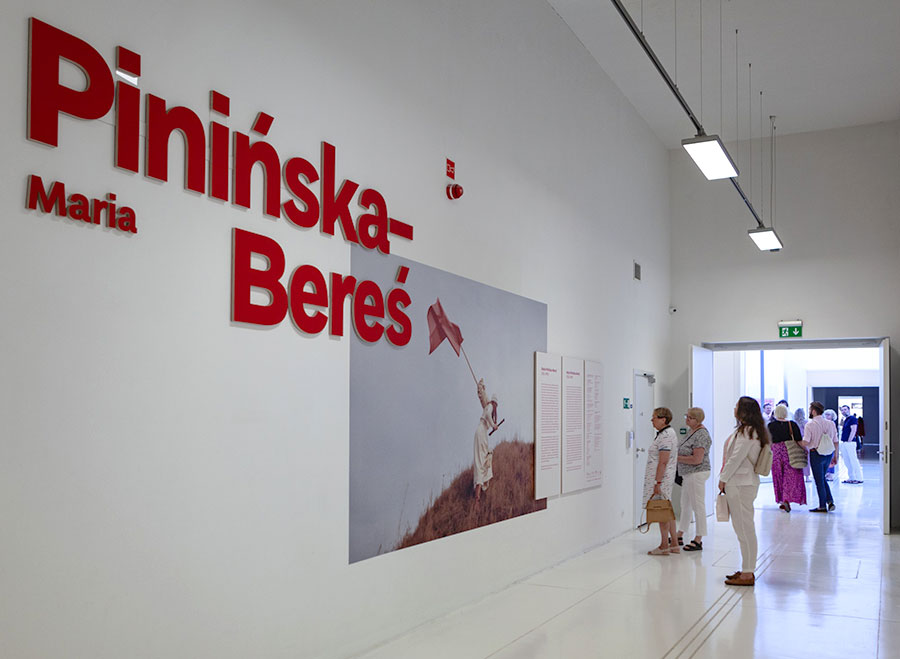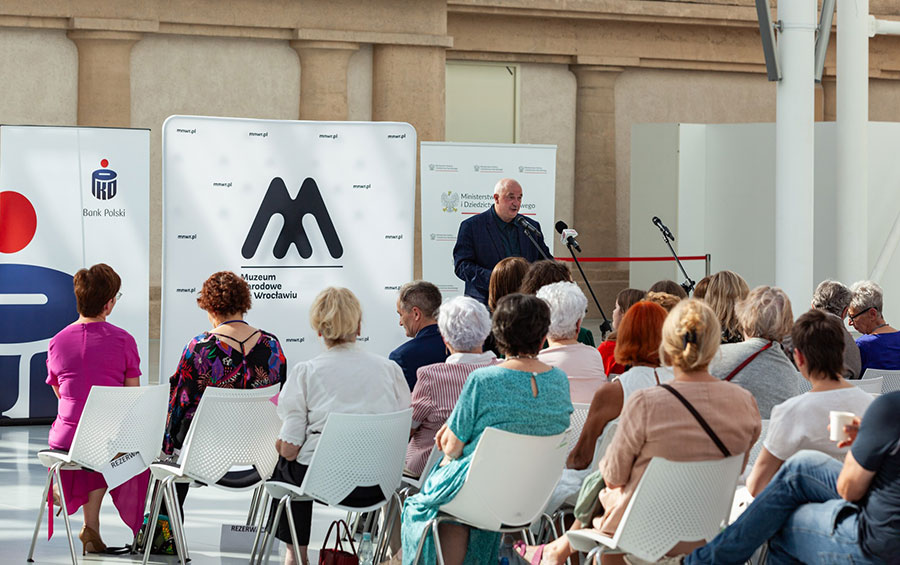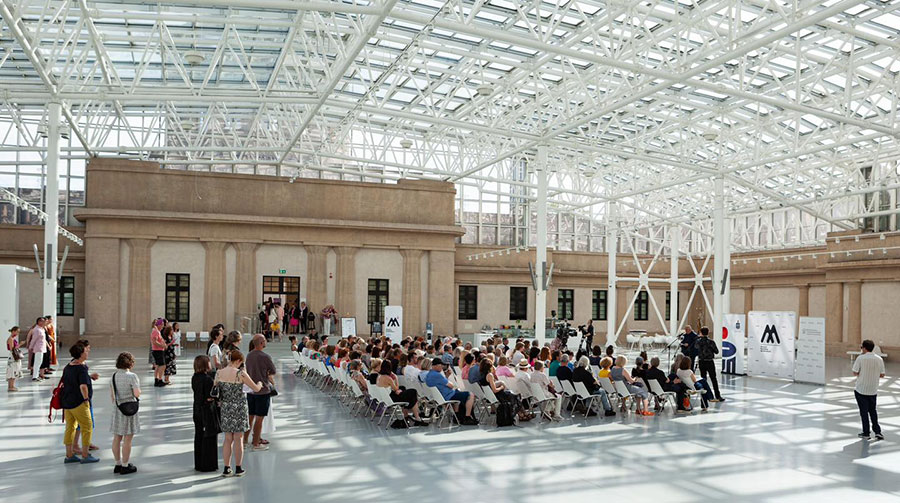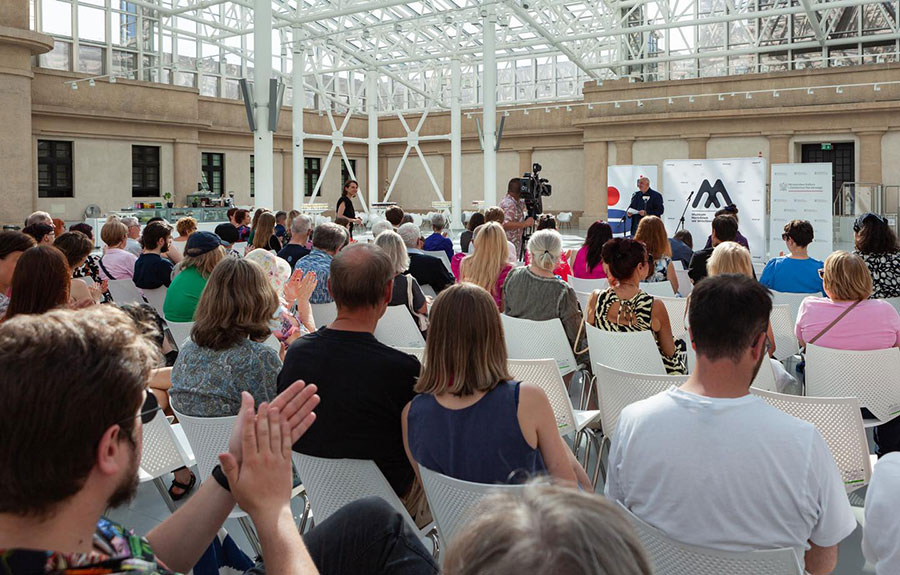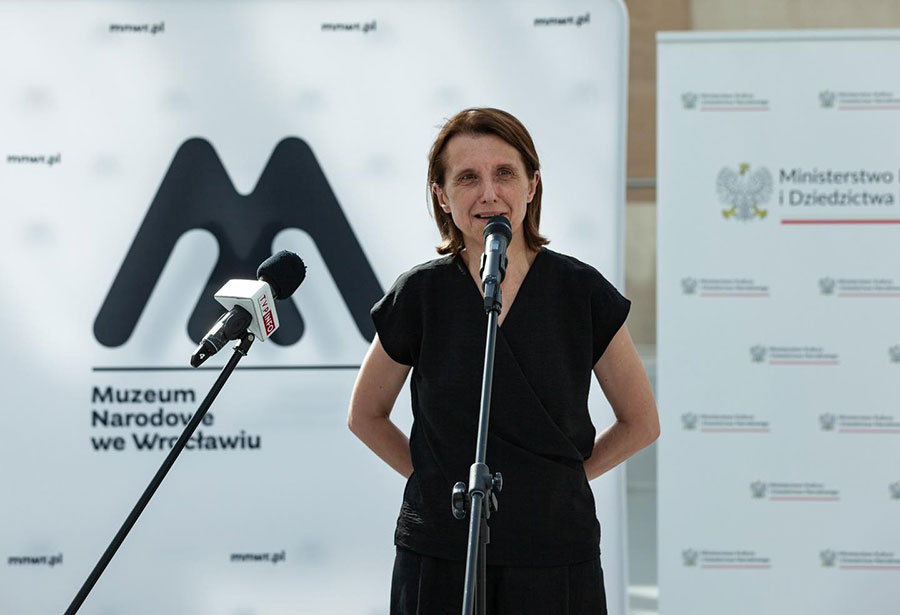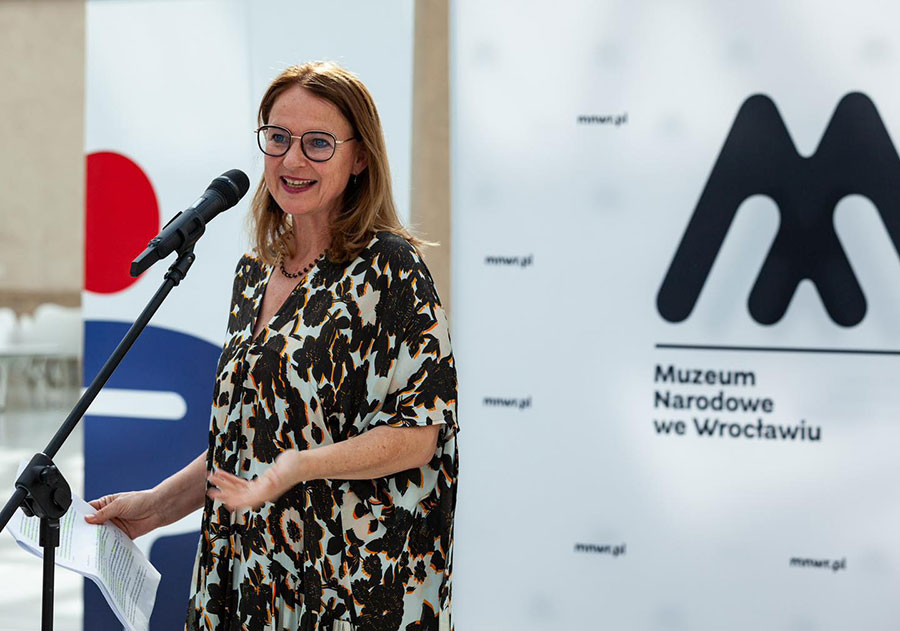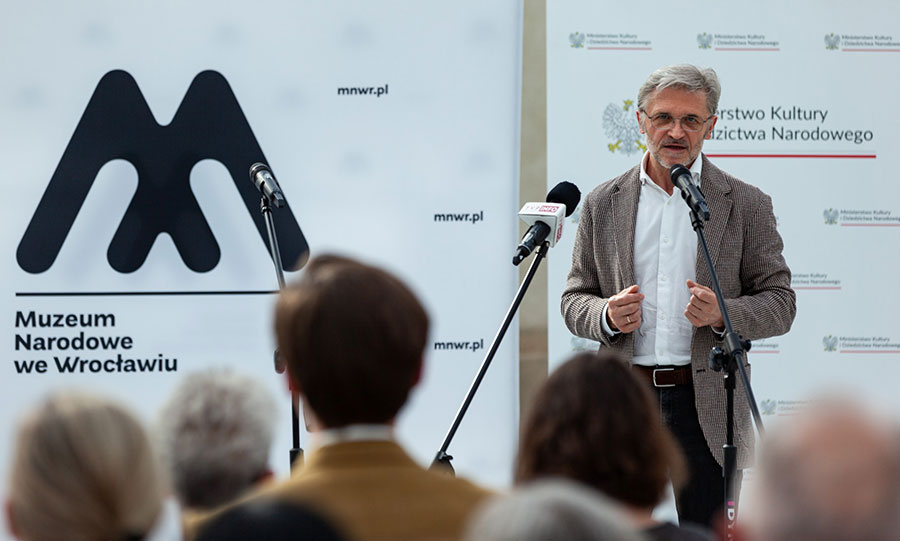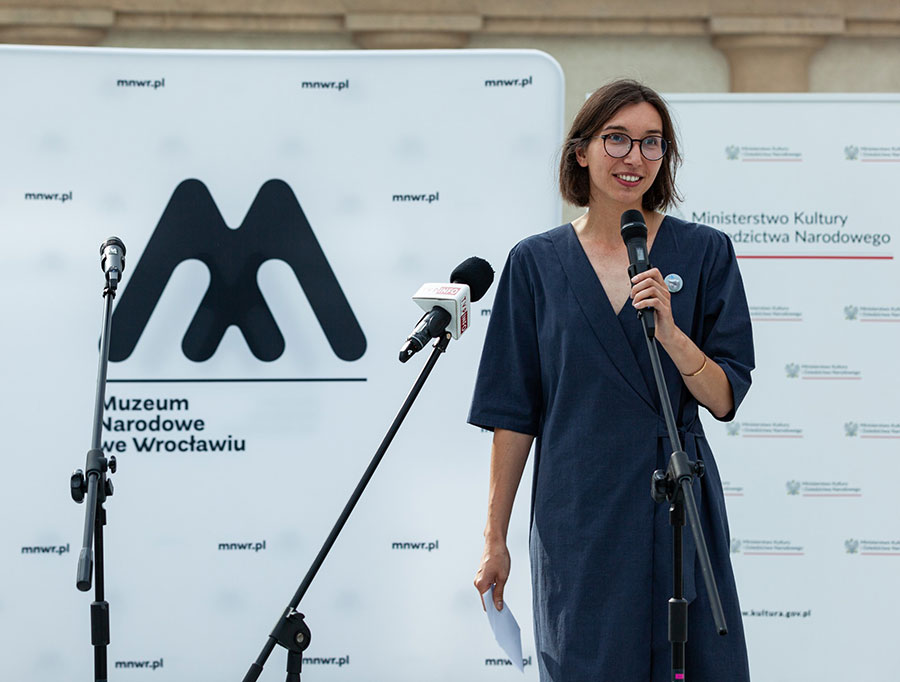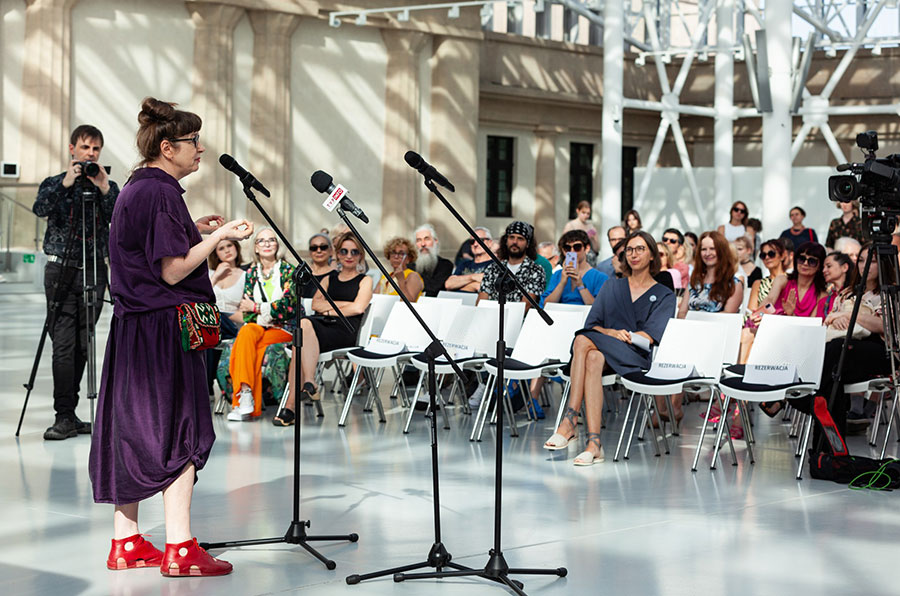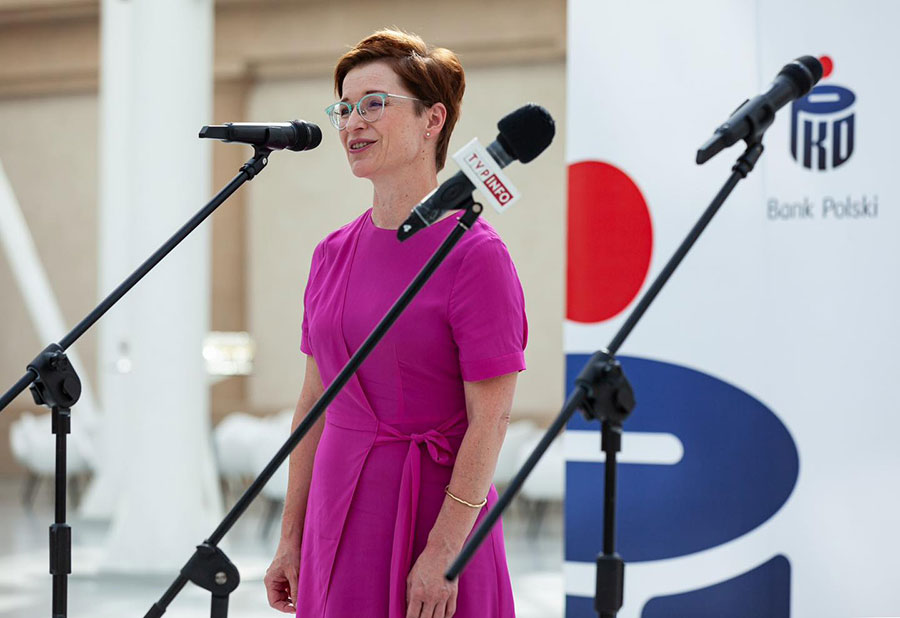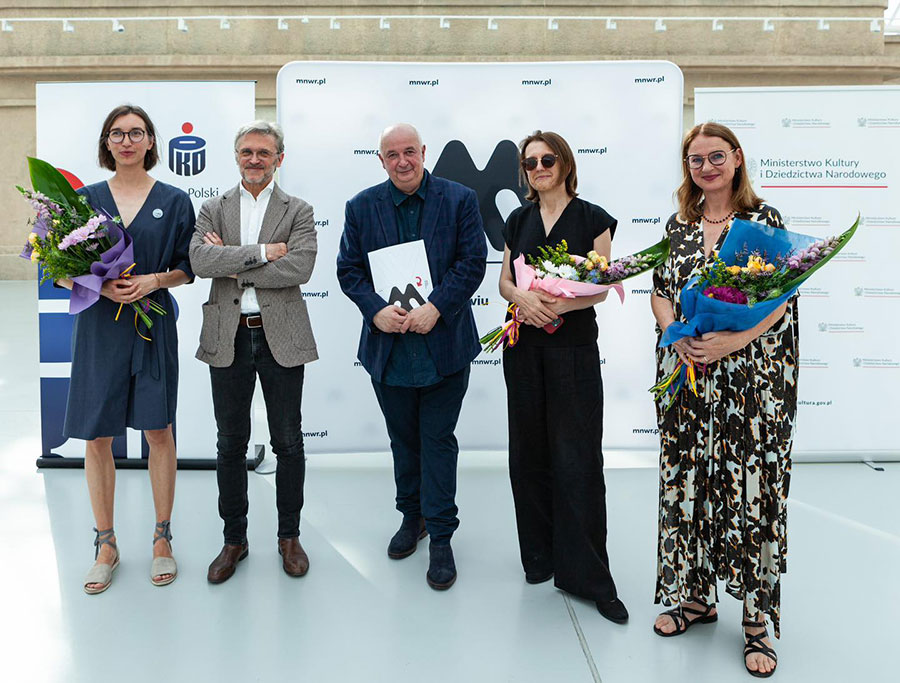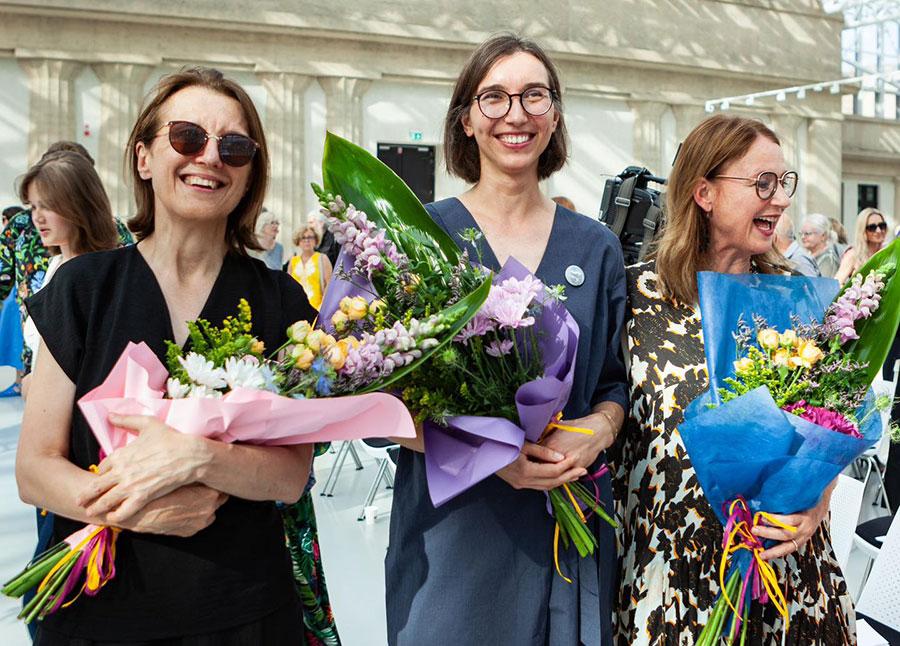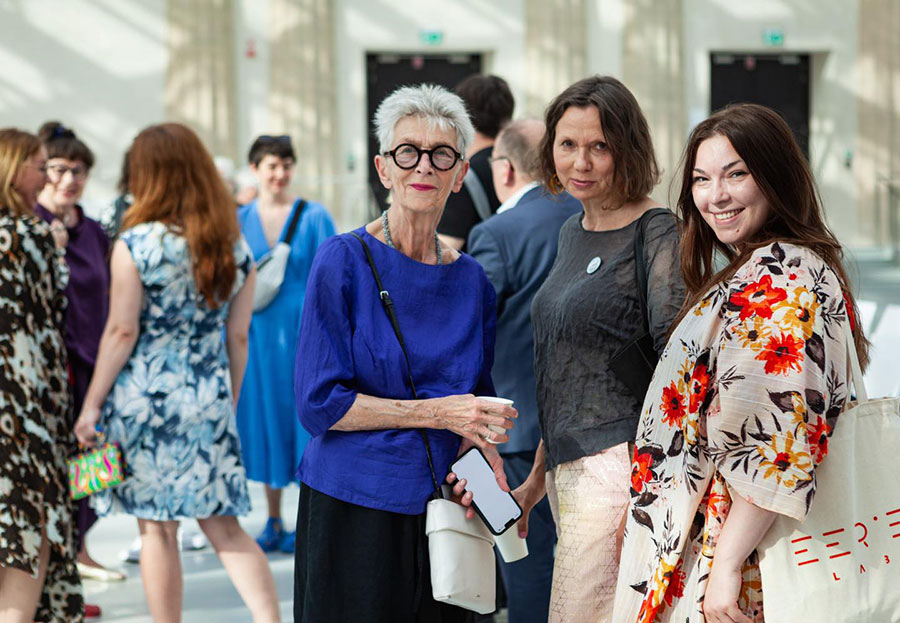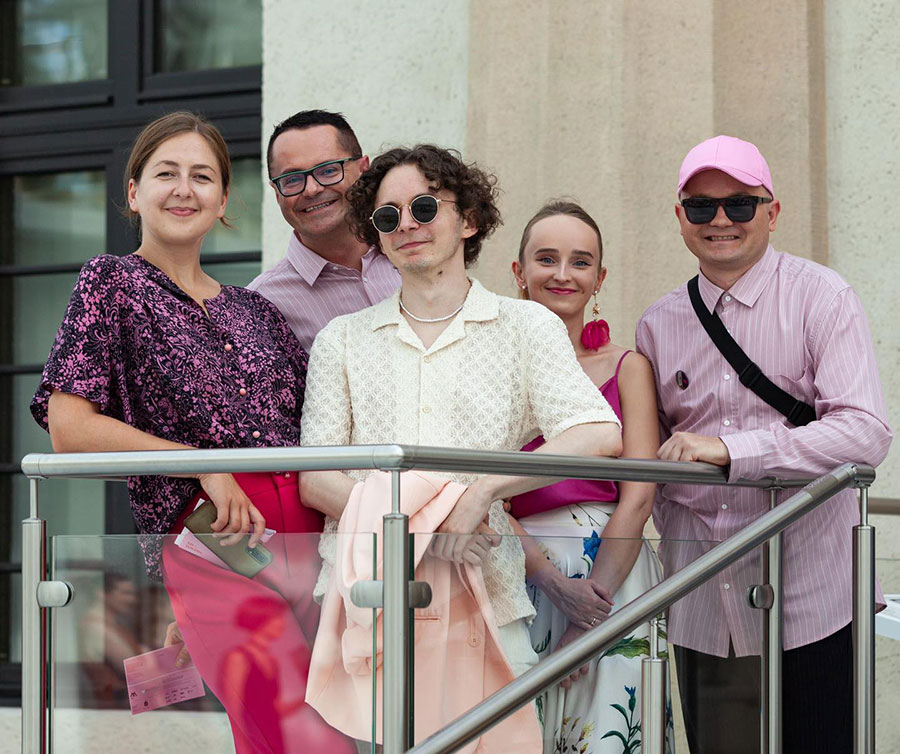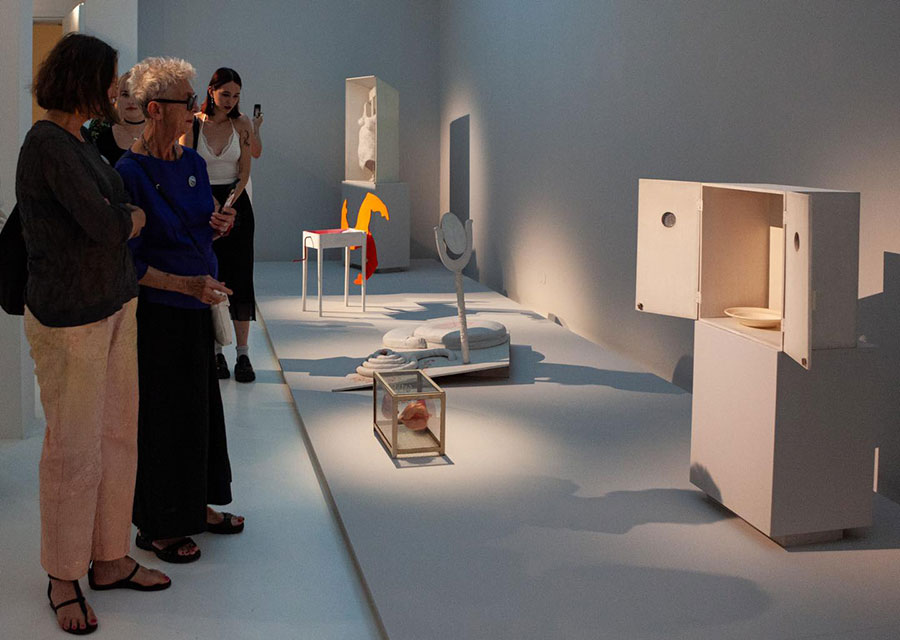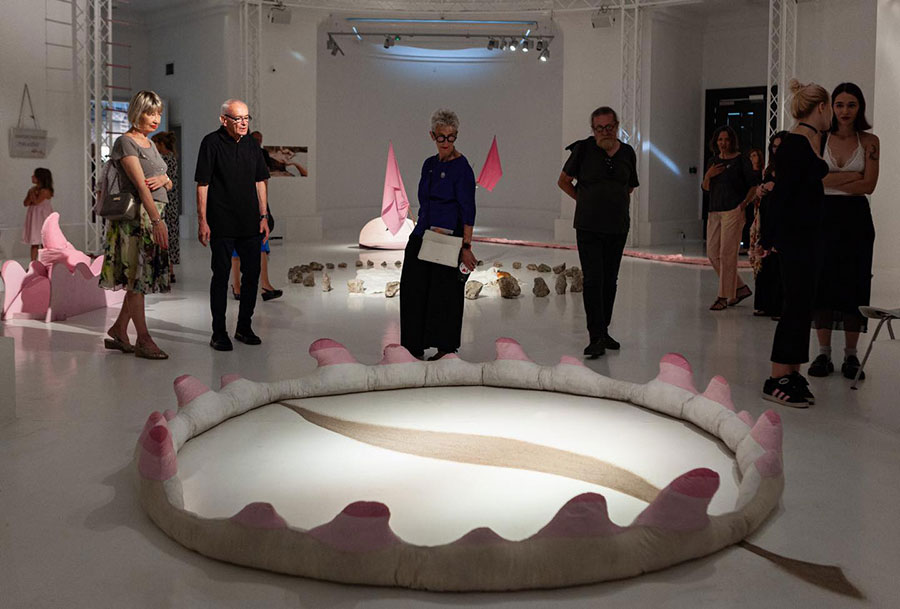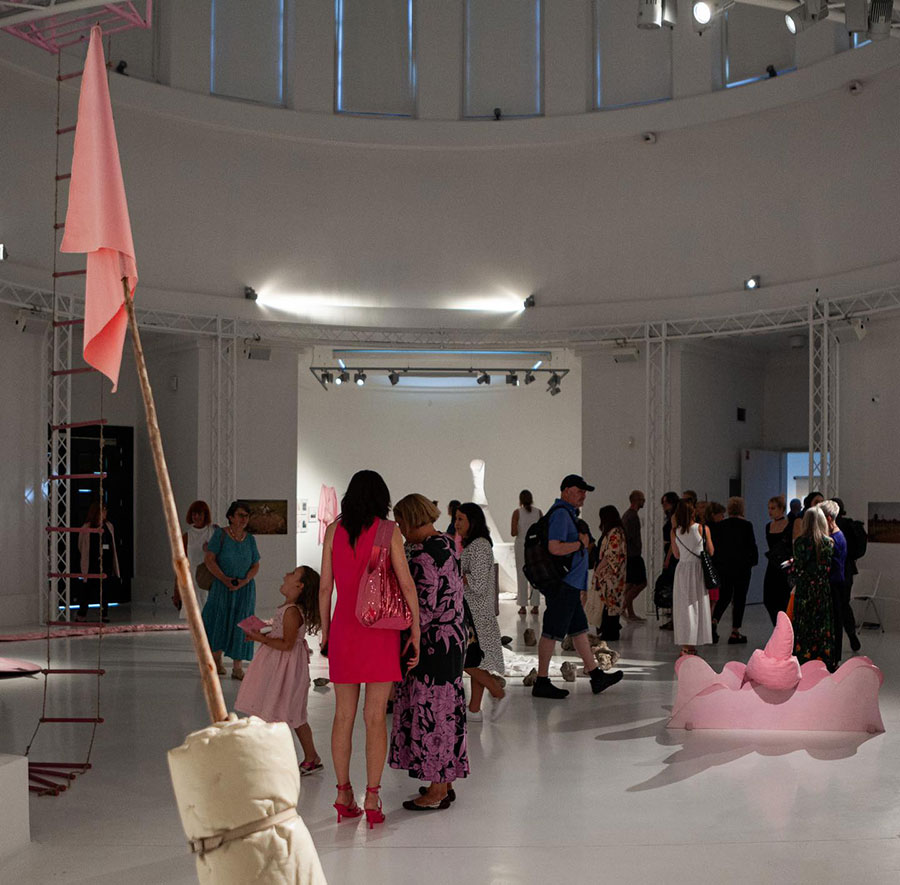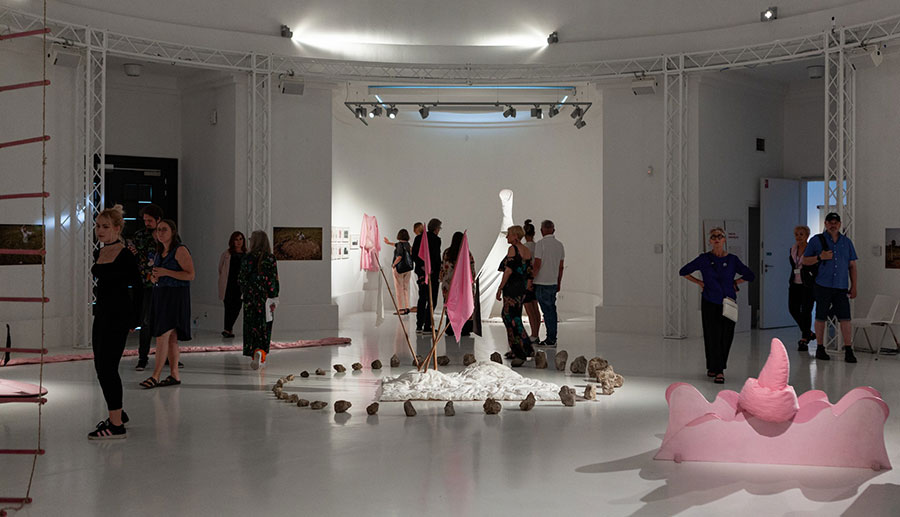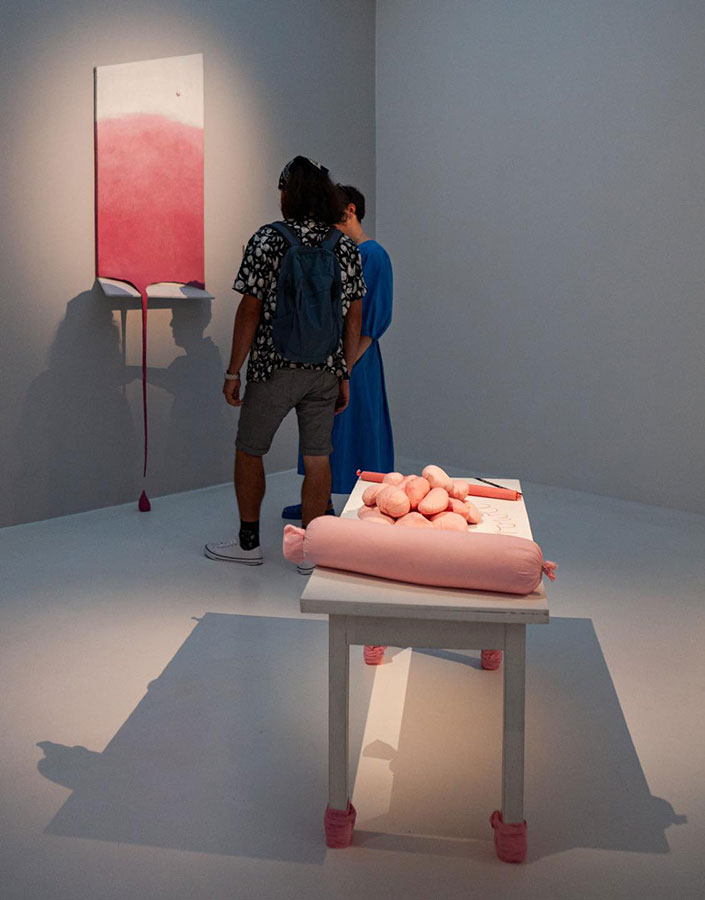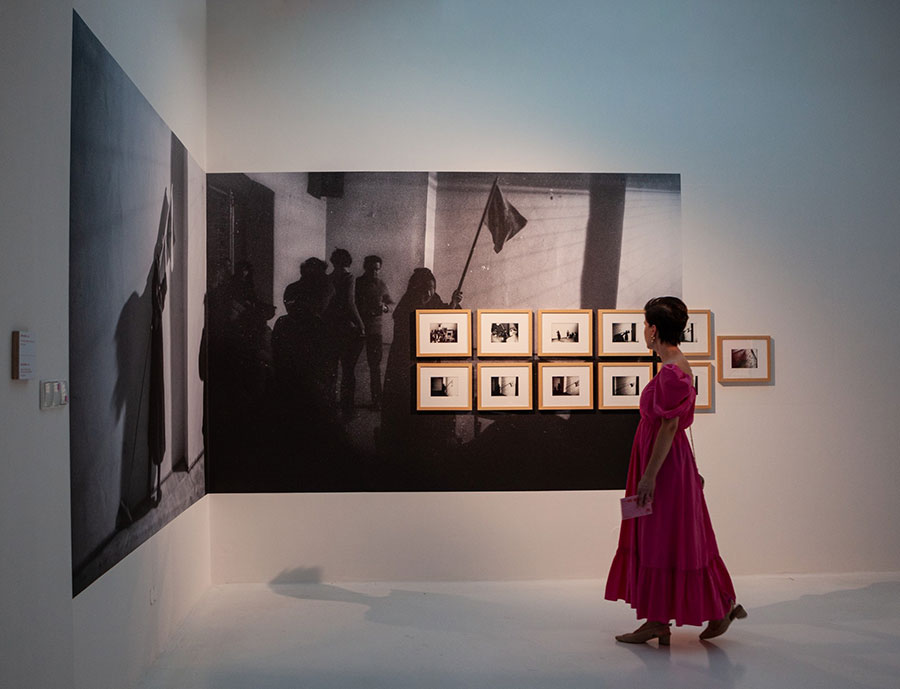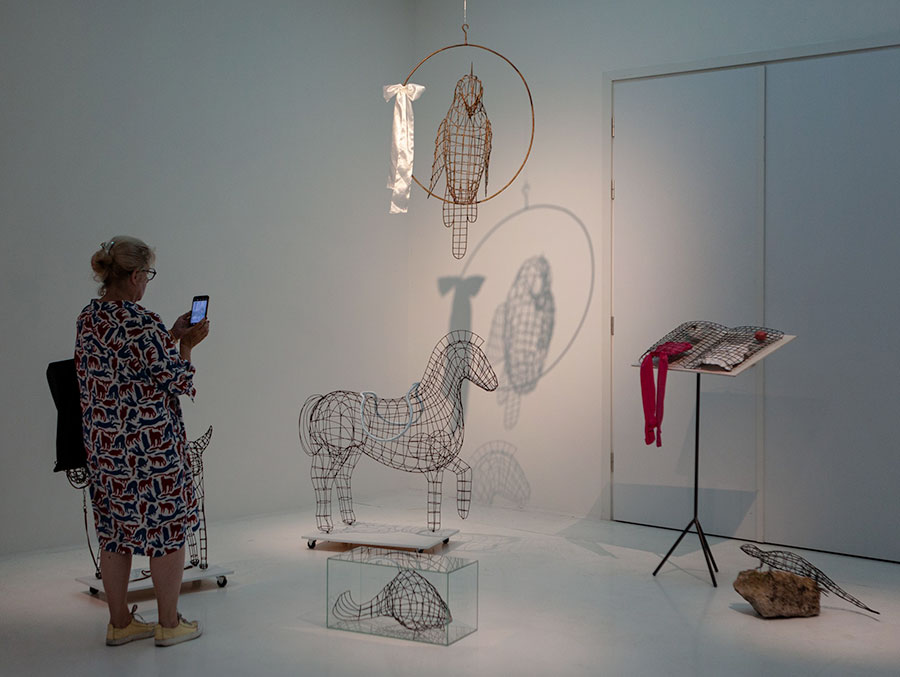7 July – 13 October 2024
Curators of the exhibition: Heike Munder, Jarosław Suchan, Małgorzata Micuła (MNWr)
This is the first large monographic exhibition of this celebrated modern artist in the last twenty years. Maria Pinińska-Bereś (1931–1999) is seen as one of the most unique figures in 20th century Polish art. Her work explored the sphere of femininity and female erotism, their socio-political implications, and also relations with Nature. The exhibition showcases a wide range of the artist’s works created from the 1950s to the end of the century, including the most important sculptures and performances.
Maria Pinińska-Bereś studied at the Academy of Fine Arts in Kraków, in the studio of Xawery Dunikowski. Her early works, dating from the 1950s, are sculptures made of plaster, cement and iron, representing the popular figurative trend of that period. Over time, her art took on more abstract form, and the artist increasingly reached for unconventional materials. Starting from the early 1960s, she first juxtaposed the solid matter, and later replaced it with lighter and more ‘feminine’ materials such as quilts, blankets, fabrics and papier mâché.
Realiz. Hubert Pokrandt
Visitors can view the most important works from that time, among which massive cement sculptures from the series “Rotundy” [Rotundas] (1960–1963), in which Maria Pinińska-Bereś completely abandoned the use of a pedestal, replacing it with pillows or quilts. In this way, she achieved a deliberate ‘domestication’ of a sculpted form which, brought down to the ground level and placed on soft fabric, becomes an element close to the observer. Moreover, her series “Rotundas” created a clear picture of the status of a woman in the patriarchal culture, which on the one hand elevates femininity onto a pedestal, while at the same time pushes it into enforced sexual models.
The exhibition also showcases the artist’s works from her most celebrated series “Gorsety” [Corsets] (1965–1967). These light sculptures were made of paper or wood pulp, and also fabrics fitted with strings and buckles. Such works were then suspended from a ceiling or set up as part of furnishings. When using in her series “corsets” papier mâché, delicate materials and applying domestic techniques which did not require sculptor’s equipment, Pinińska-Bereś once again directed the viewer’s associations towards the sphere of daily life.
Biomorphic shapes are also characteristic of Maria Pinińska-Bereś work, recalling male, female and androgenous sexuality. These soft structures and sensual forms were enhanced by her use of pink, the colour which became the artist’s hallmark. The motifs of female eroticism and search for its release predominated in the works created by Pinińska-Bereś for many years as can be seen, among others, in the exhibits from the series “Psychomebelki” [Psycho-Furniture] (1969–1975).
The artist attached great importance to her performances, which provided space for public expression of the unique female sensitivity, therefore the exhibition had to include the filmed material, photographic records and props used in the most important performances she staged.
Both in her performances and artistic interventions, Pinińska-Bereś also manifested her deep attachment to Nature, which – in her own words – was a source of the most intimate sensations, sometimes even more personal than a sexual act. The attitude of the artist towards the natural world was ecological, in the deepest understanding of this term, even if in her statements she did not make direct references to ecology.
The exhibition, organised in collaboration with the Kunstmuseum den Haag in Hague and Galerie für Zeitgenössische Kunst in Leipzig, will be also shown in other European museums. It is accompanied by a catalogue.
↡ Photo report from the opening
Fot. Magdalena Lorek
Honorary patronage:
Hanna Wróblewska, Minister of Culture and National Heritage
